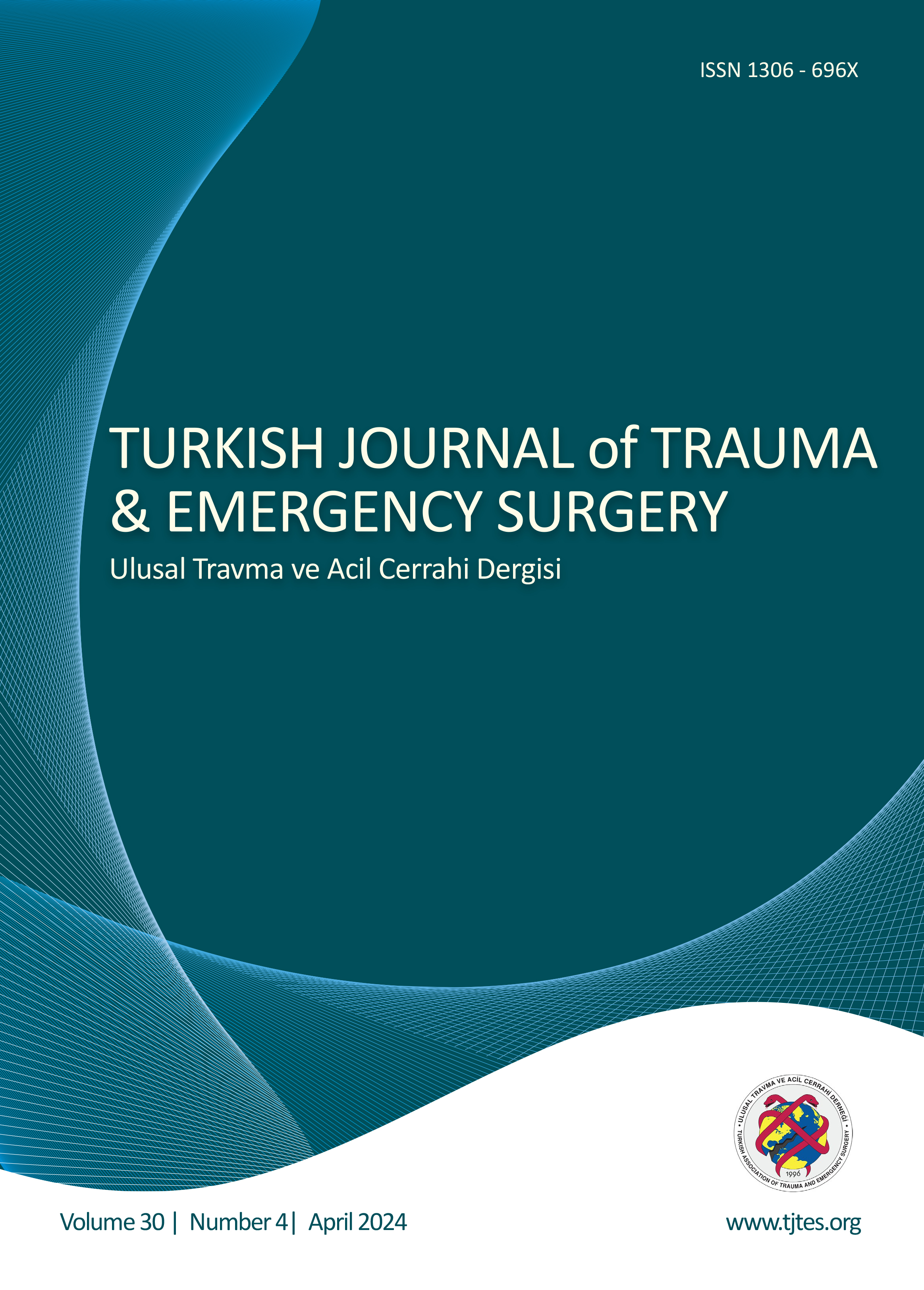Hızlı Arama
Yanık ünitesi: Yanık yarası ve çevresinde kolonizasyon
Touria Essayagh1, Alban Zohoun2, Khalid Tourabi3, Mohamed Amine Ennouhi3, Abdellatif Boumaarouf3, Hsain Ihrai3, Sakina Elhamzaoui21Mohamed V Souissi Üniversitesi, Rabat Tıp Fakültesi, Rabat, Fas2Mohamed V Askeri Eğitim Hastanesi, Mikrobiyoloji Bölümü, Rabat, Fas
3Mohamed V Askeri Eğitim Hastanesi, Yanık Birimi, Rabat, Fas
AMAÇ
Rabatdaki askeri hastanenin yanık ünitesine yatırılan hastalardan ve bunların çevrelerinden 1,5 yıllık bir süre içinde (Temmuz 2009-Şubat 2011) elde edilen patolojik materyalden izole edilen suşların direnç profiline ait karşılaştırmalı bir prospektif çalışmanın sonuçları sunuldu.
GEREÇ VE YÖNTEM
Bu çalışmada, yanıkları nedeniyle hastaneye yatırılan hastalara (40 erkek, 20 kadın; ort. yaş 38±14.8; dağılım, 2-80 yaş) ait 125 patolojik ürünle çalışıldı. Birinci periyot süresinde 86, ikinci periyot süresinde de 50 artıksız bakteriyel suş izole edildi.
BULGULAR
Baskın suşlar sırasıyla, Acinetobacter baumannii (%15,6), Pseudomonas aeruginosa (%13,8) ve Staphylococcus aureus (%11) oldu. İkinci periyot süresinde A. baumannii (%15,5), P. aeruginosa (%11,3) ve Klebsiella pneumoniae (% 8,5) suşlarının çok olduğunu saptandı. Yanıklı hastalardan elde edilen 104 çevresel örnekten 139 mikroorganizma izole edildi. Koagülaz-negatif stafilokok, iki çalışma periyodunda da en fazla görülen suş oldu (%69,2 ve %64,6).
SONUÇ
Bütün suşlar, test edilen değişik antibiyotiklere karşı hemen hemen özdeş duyarlılık göstermiştir.
Burn unit: colonization of burn wounds and local environment
Touria Essayagh1, Alban Zohoun2, Khalid Tourabi3, Mohamed Amine Ennouhi3, Abdellatif Boumaarouf3, Hsain Ihrai3, Sakina Elhamzaoui21Medecine Collège Of Rabat. University Mohamed V Souissi Rabat Morocco2Microbiology Laboratory. Military Teaching Mohamed V Hospital, Rabat Morocco
3Burn Unit. Military Teaching Mohamed V Hospital, Rabat Morocco
BACKGROUND
We present the results of a comparative prospective study of the resistance profile of strains isolated from pathological material of patients hospitalized in the burn unit of the military hospital in Rabat and from their environment over a period of one and a half years (July 2009-February 2011).
METHODS
The study concerned 125 pathological products from patients (40 men, 20 women; mean age 38±14.8 years; range 2 to 80 years) hospitalized with burns. This allowed the isolation of 86 non-redundant bacterial strains during the first period and 50 during the second.
RESULTS
The dominant species were Acinetobacter baumannii (15.6%), followed by Pseudomonas aeruginosa (13.8%) and Staphylococcus aureus (11%). During the second period, we noted the abundance of A. baumannii (15.5%), followed by P. aeruginosa (11.3%) and Klebsiella pneumoniae (8.5%). Of the 104 environmental samples of burn patients, 139 microorganisms were isolated. Coagulase-negative staphylococcus was the most abundant strain in the two study periods (69.2% and 64.6%).
CONCLUSION
All species showed an almost identical sensitivity to the various antibiotics tested.
Makale Dili: İngilizce




